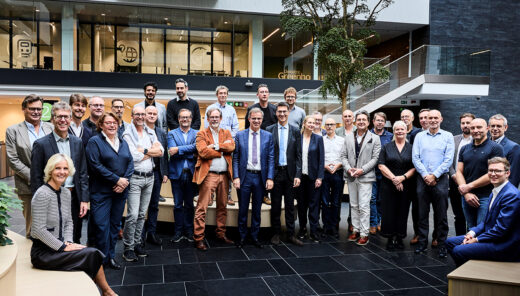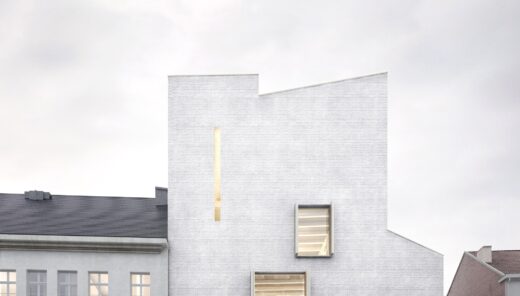Infrastructures “in between” and the role of placemaking in the circular transition
In the circular transition we must see the importance of the community scale, understanding that specificities of neighbourhoods require an experimental approach to delve assertively into the local complexity. Placemaking is a tool for innovation that could be used in the process, it helps to bridge place-based challenges and societal ambitions, and could play a significant role in the transition to a circular society.
This organic experimentation foster innovation in which certain practices can be upscaled to promote systemic change.
The scale ‘in between’ is an operational field that facilitate multi-actor dialogues. Strategic actions on an ‘in between’ scale, such as public space interventions and temporary occupations with a socio-economical program, are rooted on creative coalitions between different of actors with common goals. With the right combination of interests, these types of actions can scale up progressively into wider urban operations.

About the author
Diego Luna Quintanilla is an architect, urban designer and strategic planner with great interest in inclusive design. Diego graduated from architecture in 2005 (Universidad Simon Bolivar, VE) and from the Postgraduate masters in Urbanism in 2011 (TU Delft, NL and IUAV, IT). Since then he has worked on urban projects in Belgium, Spain, Tunisia, Pakistan and Lithuania and on research projects in The Netherlands, Italy, China, Russia and Ecuador.
Diego joined Sweco, division BUUR in 2011. As project leader he has worked on a wide range of urban revitalization projects, including project definition, feasibility studies, masterplans, planning tools and regional spatial visions. Since 2020 he coordinates BUUR’s transition program “Inclusive Neighbourhoods”. In 2023 Diego was appointed Group Expert Leader to co-develop the Resilient Societies theme for Urban Insight, Sweco’s knowledge sharing platform.
In parallel Diego was involved as guest teacher at VUB’s Master in Urban and Regional Planning STeR* and is frequently involved as a juror and lecturer at TU Delft and the ULB.
Looking at urbanism from the bottom-up perspective, Diego co-founded Cakri in 2016, a collaborative platform engaged in the development of placemaking and curatorial projects that valorise the street as a cultural space.
Other news

Sweco and assar architects join forces: innovative architecture for a society in transition
Read more

From Smooth Snake to Deer: Ecovalley Zwarte Berg Rolls Out the Green Carpet
Read more

Design Museum Ghent: a fossil-free museum of the future
Read more

